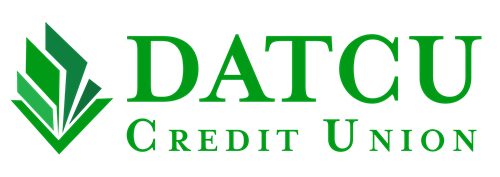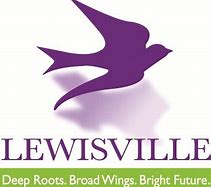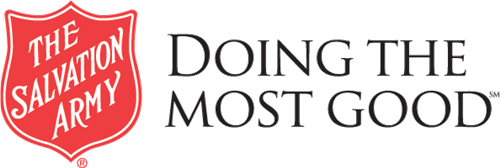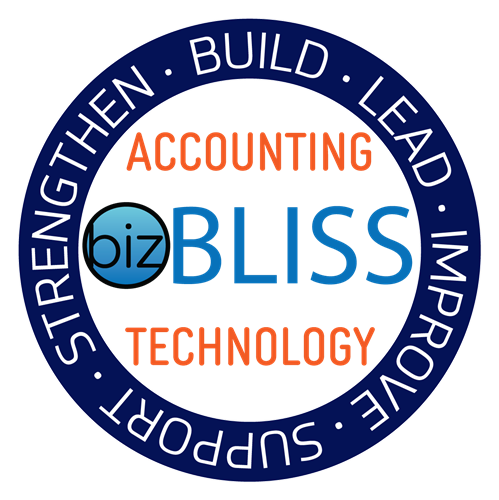Bringing Guests to our Weekly Meetings - Wk 4 of our Membership Challenge


.jpg)

Happy Networking...lets see how many folks we can bring to the next two meetings and the Nov. 19 Chamber Nite out.
In the Wall Street Journal recently, Sue Shellenbarger interviewed experts and networkers who were trying to improve their performance about their best practices. Here's the plan they described, organized in nine easy steps.
1. Do your homework.
There are two main ways to prepare for these kinds of events. The first is to research who will be there ahead of time, so that you have specific people in mind whom you want to meet.
The second is simply to be sufficiently informed and in the frame of mind to make interesting small talk--whether it's about local issues, business, sports, or maybe a great article you read recently. You want a go-to conversation that won't seem forced.
2. Read the room correctly.
There are a number of things to consider here, but in short, look for groups of people in which you can be a positive contributor.
"A tight circle of three to five people standing face-to-face in a closed O, maintaining eye contact and talking intently, might look intriguing," Shellenbarger writes, "but they may be solving a pressing problem, making them too busy to greet someone new."
3. Be helpful.
You know how they say that when it comes to your professional network, you have to make deposits before you can make withdrawals? That applies to in-person networking events as well. So, take the opportunity to help others by making introductions and sharing information before you try finding ways to benefit yourself.
4. Be ready to shake hands.
You're there to meet people--not to tie one on or load up on food. So, Shellenbarger advises, it's a good idea to make sure you always have at least one hand free. Sure, have a drink, eat some hors d'oeuvre, but make sure you can carry it all in your left hand.
5. Study body language and eye contact.
People will tell you even without realizing it whether they're open to being approached or interested in talking.
Those "who are genuinely open to new relationships adopt an open stance, shoulders apart, and hands at their sides, turning slightly toward newcomers to welcome them," said one of the networking experts, Kelly Decker, of Decker Communications.
6. Focus on quality over quantity.
The person who walks away from a networking event with a fistful of business cards but no meaningful connections has achieved little. It's often better to have a few good conversations that you might actually follow up on, versus a bunch of fleeting introductions that nobody even remembers the next day.
7. Love the one you're with.
When you start talking with someone, you make a short-term commitment to engage in conversation. Don't "look over the shoulder of the person you're talking to in case someone more interesting shows up," Shellenbarger writes.
8. Be humble and authentic.
This one always amazes me--people who try to suck up all the oxygen in the room in the hope that they'll somehow "win" the game by being the center of attention. A vanity contest like that doesn't benefit anyone. Instead, be smart and confident but modest enough to allow others to have their turn to talk as well.
9. Talk with people who aren't talking to anyone.
Have a little compassion, for one thing--but more than that, recognize that people who are having a hard time striking up a conversation are likely to be even more receptive to your introduction. As Shellenbarger puts it, don't assume "anyone standing alone is a loser and should be avoided."
http://www.inc.com/bill-murphy-jr/9-smart-habits-of-highly-effective-networkers.html










